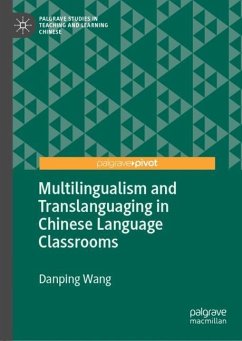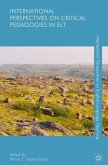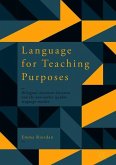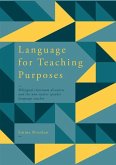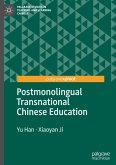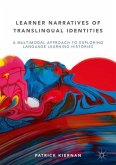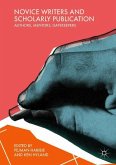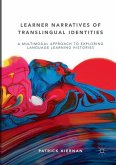This book presents new research on Chinese as a Second Language (CSL) teaching from an ethnographic classroom study on classroom translanguaging practices that highlights the policy and pedagogical implications of adopting a creative and principled multilingual approach. Drawing on a case study from Hong Kong, it analyses naturally observed language patterns in CSL classrooms and the attitudes of students and teachers towards prescribed classroom language policies, and thereby demonstrates the importance of mixing Chinese, English and students' home languages to achieve successful second language learning. It discusses the nature and guiding principles for classroom translanguaging research and provides research tools that will enable second language teachers to examine their own language practices. The author argues persuasively that second language teaching practices and policies must reflect the current reality of language use and the diverse learning needs of multilingual students.This book will appeal to teacher educators and researchers in fields such as second language acquisition, foreign language teaching and language policy.
"The author's insightful analyses provide an important basis for us to re-engage in a discussion of how to design pedagogical choices to better reflect the multilingual realities in which Chinese language learning takes place." (Linfei Yi and Wenhao Diao, Chinese as a Second Language, Vol. 55 (1), 2020)

